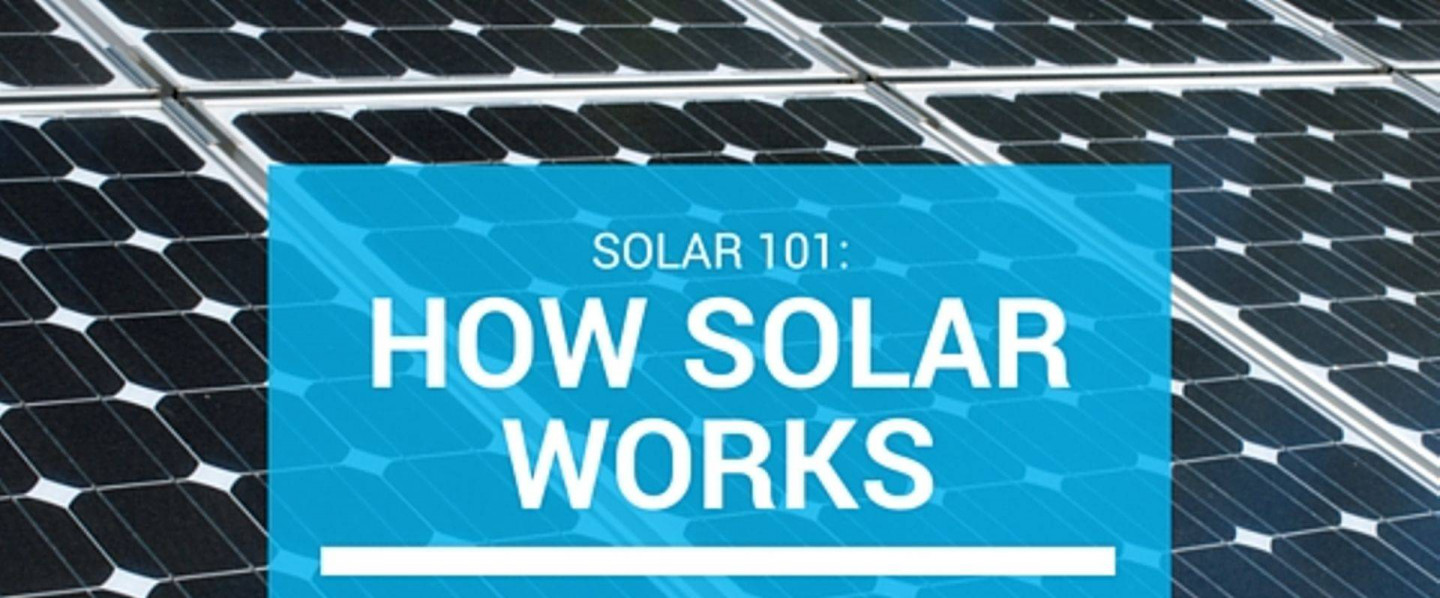Follow Us x
Solar PV Cell Layers
A top, phosphorus-diffused silicon layer carries free electrons - un-anchored particles with negative charges. A thicker, boron doped bottom layer contains holes, or absences of electrons, that also can move freely. In effect, precise manufacturing has instilled an electronic imbalance between the two layers.
Sun Activation
- Photons bombard and penetrate the cell.
- They activate electrons, knocking them loose in both silicon layers.
- Some electrons in the bottom layer sling-shot to the top of the cell.
- These electrons flow into metal contacts as electricity, moving into a circuit throughout a 60-cell module.
- Electrons flow back into the cell via a solid contact layer at the bottom, creating a closed loop or circuit.
Powering Homes and Businesses with Solar
Current leaving a module, or array of modules, passes through a wire conduit leading to an inverter. This device, about the shape of a waffle iron, inverts direct current, which flows with a fixed current and voltage, into alternating current, which flows with oscillating current and voltage. Appliances worldwide operate on AC. From the inverter, the solar-generated power feeds into circuitry of a household, business or power plant and onto the region's electrical grid. A remote, or independent, power system also can form a self-contained circuit without connecting to the grid. The off-grid system, however, requires batteries to store power for times, such as night, when modules do not capture enough light energy from the sun.


